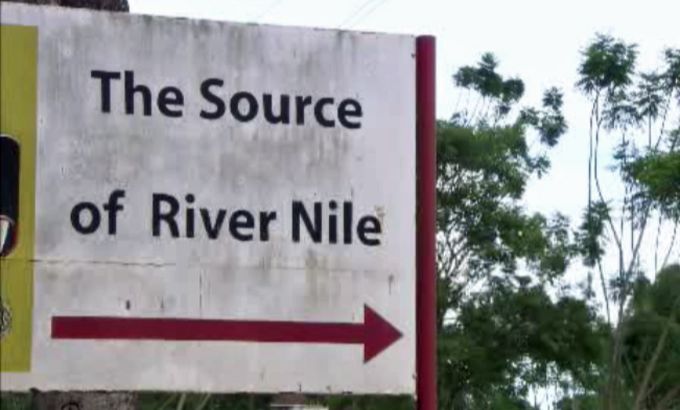
Mwambutsya Ndebesse: The source of the Nile
‘Hydropolitics need to be played in a cool manner, rather than threats and counter-threats.’
It was a mistakenly called ‘discovery’, in most books in the past said Speke discovered the Nile as he was the first human being to see the Nile … when actually he was the first European to see the source of the Nile but not discover it, because he was even shown the source of the Nile by the Africans here. “
Mwambutya Ndebesse, Uganda
In 1859, the British explorer John Hanning Speke crossed to east Africa where he found a huge lake which he believed to be the source of the Nile.
The following year he travelled around this lake – today known as Lake Victoria – to discover the Nile flowing out from its northern side.
Other explorers such as Samuel Baker, David Livingstone and Henry Morton Stanley helped complete the picture about the true source of the Nile.
Armed with more information, the age of exploration began the scramble for Africa.
To divide the spoils, European nations convened at the Berlin Conference in 1884 where they sliced up the African continent into spheres of influence.
Britain had formally occupied Egypt in 1882 to control the Suez Canal, the strategic route to India.
In Berlin, it was decided the Nile basin region would fall under British rule.
To assert control upstream, the British established what it called the East Africa Protectorate in 1895 – comprising what is today Kenya and Uganda.
Mwambutsya Ndebesse, a lecturer of history at Makere University, talks about the legacy of colonialism and explains why the source of the Nile in Uganda was of strategic importance to the British.